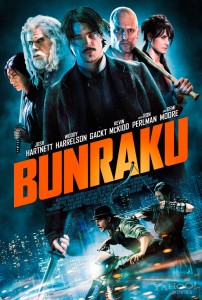
“Bunraku” American Theatrical Poster
Director: Guy Moshe
Cast: Josh Hartnett, Woody Harrelson, Gackt Camui, Kevin McKidd, Ron Perlman, Demi Moore, Shun Sugata, Jordi Molla, Emily Kaiho, Mike Patton (voice)
Running Time: 118 min.
By HKFanatic
2009’s “Bunraku” is nothing if not ambitious. Shot in four weeks on soundstages in Romania for a minuscule (by Hollywood standards) budget of $20 million, the film tells the tale of a “cowboy without a gun” (Josh Hartnett) and a “samurai without a sword” (Japanese rock star Gackt) who team up to take down the “most powerful crime lord East of the Atlantic” (Ron Perlman). During its high points, the film recalls the dizzying blend of genres of movies like “Kill Bill” and “Sin City.” At its worst, the wooden dialogue and staged quality of “Bunraku” echoes Frank Miller’s other directorial effort, 2008’s much-maligned “The Spirit.”
“Bunraku” was written and directed by Guy Moshe, based on a story by Boaz Davidson. The film is clearly a labor of love for the Israel-born Moshe, who has stated he is keen on exploring a different genre with each project he does. The plot is set in a far-flung future after our war-torn civilization reached the brink of destruction and had to start over again. Now guns are outlawed, global cultures have meshed, and old-fashioned gangs rule the streets.
Creating an inventive new world is just one part of telling a story – you’ve got to be able to communicate your vision to the audience. Unfortunately, “Bunraku” relies on a near constant voice-over narration from alternative rocker Mike Patton during the first 30 minutes, doling out exposition faster than the viewer can process it. Screenplay conventions like “character motivation” are almost an annoyance to Moshe, who would prefer we learn just why these people are constantly fighting once all the fighting is over. The voice-over track is also over-bearing in its message that conflict is the natural state of mankind.
If you’re going to make a movie where the characters routinely engage in choreographed battles, you might as well hire the best; and Moshe managed to land choreographer Larnell Stovall, whose previous credits includes the fan favorite “Undisputed III” with Scott Adkins and the upcoming “Universal Soldier: A New Dimension.” Larnell himself actually gets in on the action, playing one of Ron Perlman’s trained killers, as do a few of his frequent collaborators. Keep an eye out for Fernando Chien, who starred in “Fast Five” and choreographed the action on Michael Jai White’s “Blood and Bone.” Also present is character actor Mark Ivanir, who played a key role in “Undisputed II” and “III.”
I wouldn’t say the fight scenes in “Bunraku” are as jaw-dropping as something like “Undisputed III” but most of the cast here are actors, not martial artists, and Larnell brings out their best. The film comes closest to greatness during a lengthy prison break sequence presented as one long camera take and a later close-quarters fight between Josh Hartnett and Razvan Gheorghiu, where the two actually punch each others’ fists in slow motion. Other highlights include a brawl on a trapeze net and a CGI car chase that utilizes pinball-like sound effects.
This is the kind of movie that asks a lot from its cast. You can almost sense Josh Hartnett and Gackt throwing caution to the wind and going along with Guy Moshe’s vision, trusting that it all will somehow come together in the editing bay. Fans of Gackt (I know there are many) will be happy to know the androgynous J-Rock god gets almost as much screentime as Hartnett. Surprisingly, Woody Harrelson ends up being the glue that holds the film together; his seasoned acting style creates chemistry with nearly everyone in the cast and he comes across as the down to earth voice of wisdom in the film, sort of a hipper version of Peter Parker’s Uncle Ben. He even gives a variation of the same “with great power comes great responsibility” speech.
Ron Perlman plays a dreadlocked and gravely-voiced bad guy, the kind of role he could do in his sleep, although his part is curiously overwritten. Perlman is saddled with a few long monologues that attempt to build sympathy for the character but just end up diluting his strength as a villain. He’s the kind of crime lord who’s become so powerful and constantly challenged, he can barely even leave his secret base. Thus, he’s been reduced to a life of boredom and regret.
Overall, “Bunraku” is a film that takes pleasure in shuffling its influences across the screen: Sergio Leone Westerns, samurai movies, “The Warriors,” video games, Dick Tracy, kung fu flicks, Spider-Man comic books, and more. I got the impression that if “Sin City” and “Kill Bill” hadn’t come before it, this movie might not even exist. But hey, there’s no law saying filmmakers can’t play with those same conventions, whether it be noir-ish voice over as the camera moves through a computer-generated cityscape or a bloody sword fight under a cherry blossom tree. And I applaud anyone who attempts to make a movie this epic in scope on such a limited budget.
But with its very stylized, exaggerated style of acting and dialogue that may or may not make sense, there’s a lot to “Bunraku” that leaves the viewer at arm’s length. You add a 125 minute run time to that and the film might just be asking too much of casual viewers. Frankly, Demi Moore’s entire role as Ron Perlman’s concubine could have been edited from the film with almost no bearing on the plot.
“Bunraku” attempts to be the next great genre mash-up, the kind of title that could unite lovers of both martial arts and genre cinema. It doesn’t quite succeed but it’s still worth a look as long as you have the patience for a movie where scenes and lines of dialogue don’t always hit the mark. Fans of action choreographer Larnell Stovall should find plenty to enjoy since Stovall actually gets to appear onscreen for once and exercise his fight design talent in a diverse range of set-pieces. Derivative but still entertaining, “Bunraku” is proof that sometimes it’s better to aim high and miss than merely sit on the fence.
HKFanatic’s Rating: 6.5/10

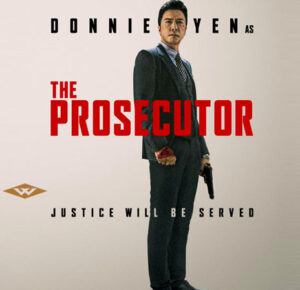
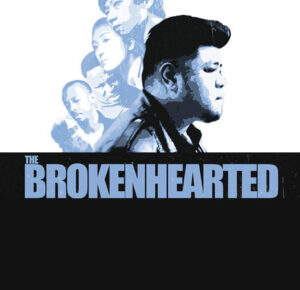
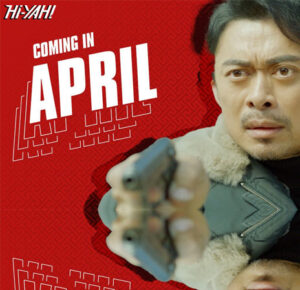

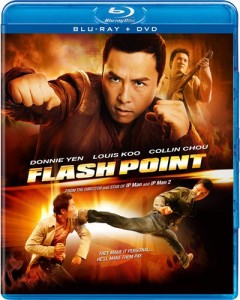

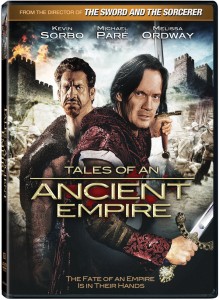
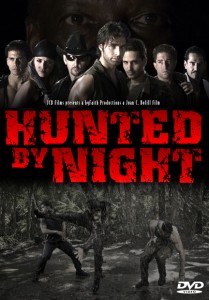
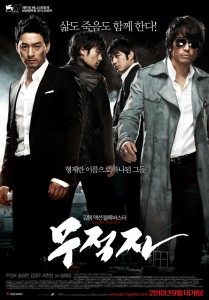
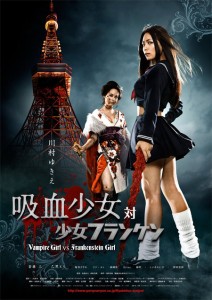
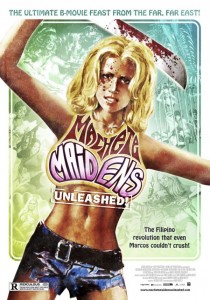
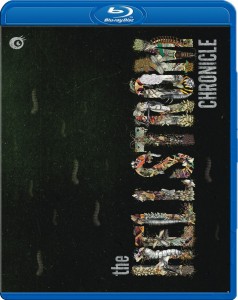
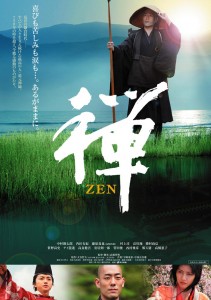
 Netflix CEO Reed Hastings has issued an apology for the handling of a recent price hike that had Netflix subscribers in a lather and led to a number of subscriber cancellations and a drop in stock price. And he’s also announced that Netflix will split into two companies: Netflix for streaming and “Qwikster” for DVDs by mail. To read the full story and watch Hastings’ video statement, please
Netflix CEO Reed Hastings has issued an apology for the handling of a recent price hike that had Netflix subscribers in a lather and led to a number of subscriber cancellations and a drop in stock price. And he’s also announced that Netflix will split into two companies: Netflix for streaming and “Qwikster” for DVDs by mail. To read the full story and watch Hastings’ video statement, please 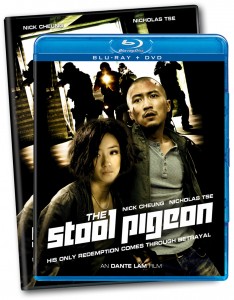
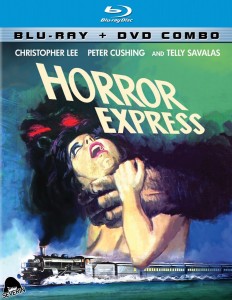
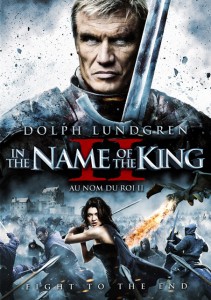
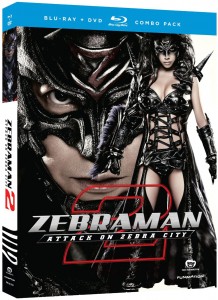
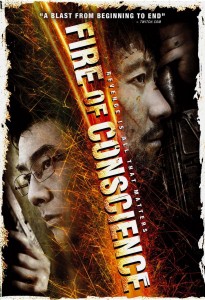



1 Comment